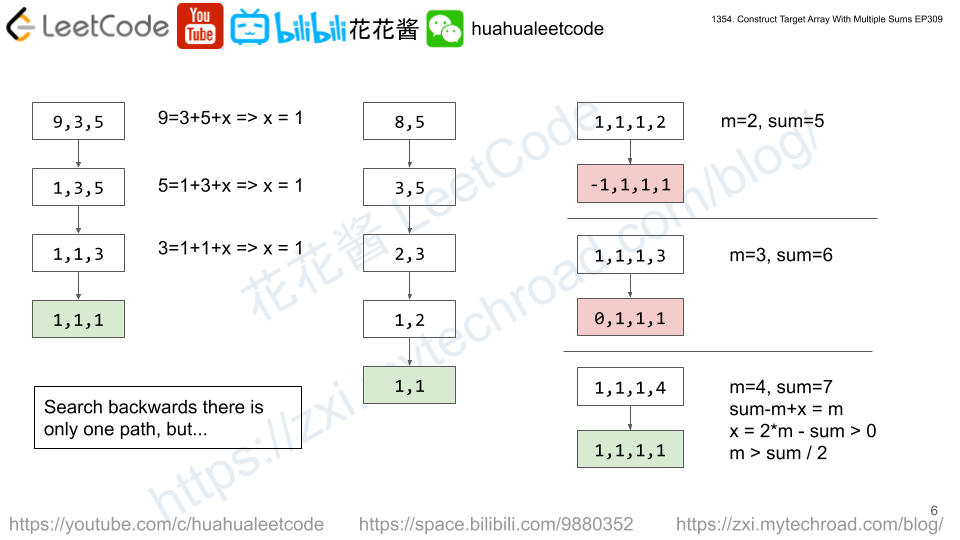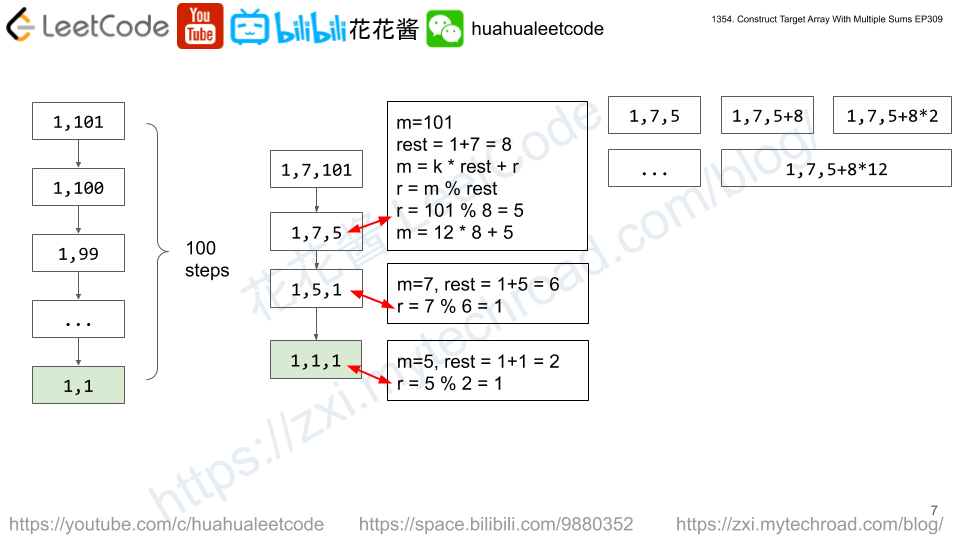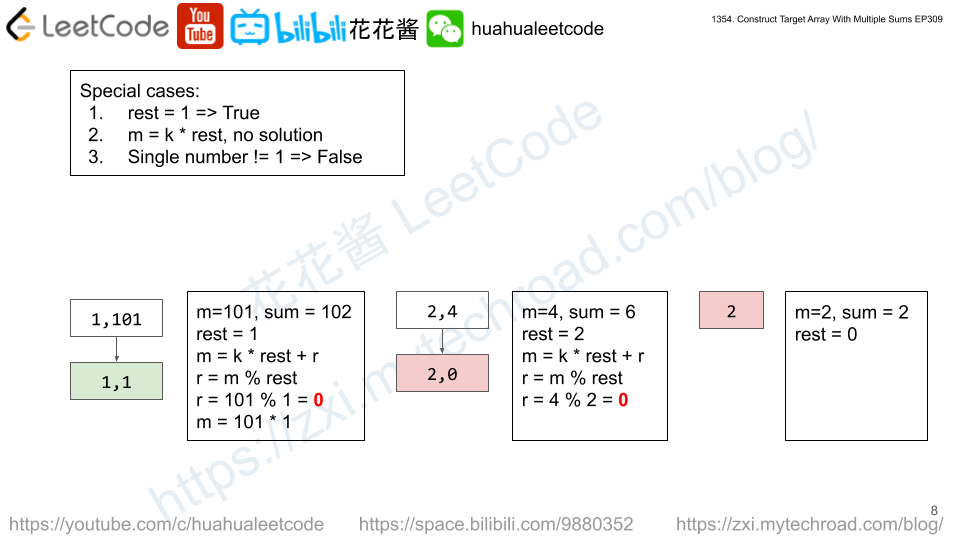There is a sale in a supermarket, there will be a discount every n customer.
There are some products in the supermarket where the id of the i-th product is products[i] and the price per unit of this product is prices[i].
The system will count the number of customers and when the n-th customer arrive he/she will have a discount on the bill. (i.e if the cost is x the new cost is x - (discount * x) / 100). Then the system will start counting customers again.
The customer orders a certain amount of each product where product[i] is the id of the i-th product the customer ordered and amount[i] is the number of units the customer ordered of that product.
Implement the Cashier class:
Cashier(int n, int discount, int[] products, int[] prices)Initializes the object withn, thediscount, theproductsand theirprices.double getBill(int[] product, int[] amount)returns the value of the bill and apply the discount if needed. Answers within10^-5of the actual value will be accepted as correct.
Example 1:
Input ["Cashier","getBill","getBill","getBill","getBill","getBill","getBill","getBill"] [[3,50,[1,2,3,4,5,6,7],[100,200,300,400,300,200,100]],[[1,2],[1,2]],[[3,7],[10,10]],[[1,2,3,4,5,6,7],[1,1,1,1,1,1,1]],[[4],[10]],[[7,3],[10,10]],[[7,5,3,1,6,4,2],[10,10,10,9,9,9,7]],[[2,3,5],[5,3,2]]] Output [null,500.0,4000.0,800.0,4000.0,4000.0,7350.0,2500.0] Explanation Cashier cashier = new Cashier(3,50,[1,2,3,4,5,6,7],[100,200,300,400,300,200,100]); cashier.getBill([1,2],[1,2]); // return 500.0, bill = 1 * 100 + 2 * 200 = 500. cashier.getBill([3,7],[10,10]); // return 4000.0 cashier.getBill([1,2,3,4,5,6,7],[1,1,1,1,1,1,1]); // return 800.0, The bill was 1600.0 but as this is the third customer, he has a discount of 50% which means his bill is only 1600 - 1600 * (50 / 100) = 800. cashier.getBill([4],[10]); // return 4000.0 cashier.getBill([7,3],[10,10]); // return 4000.0 cashier.getBill([7,5,3,1,6,4,2],[10,10,10,9,9,9,7]); // return 7350.0, Bill was 14700.0 but as the system counted three more customers, he will have a 50% discount and the bill becomes 7350.0 cashier.getBill([2,3,5],[5,3,2]); // return 2500.0
Constraints:
1 <= n <= 10^40 <= discount <= 1001 <= products.length <= 2001 <= products[i] <= 200- There are not repeated elements in the array
products. prices.length == products.length1 <= prices[i] <= 10001 <= product.length <= products.lengthproduct[i]exists inproducts.amount.length == product.length1 <= amount[i] <= 1000- At most
1000calls will be made togetBill. - Answers within
10^-5of the actual value will be accepted as correct.
Solution: Simulation
Time complexity: O(|Q|)
Space complexity: O(|P|)
C++
|
1 2 3 4 5 6 7 8 9 10 11 12 13 14 15 16 17 18 19 20 21 22 23 24 25 |
// Author: Huahua class Cashier { public: Cashier(int n, int discount, vector<int>& products, vector<int>& prices): n_(n), c_(0), discount_(discount) { for (int i = 0; i < products.size(); ++i) prices_[products[i]] = prices[i]; } double getBill(vector<int> product, vector<int> amount) { ++c_; double bill = 0.0; for (int i = 0; i < product.size(); ++i) bill += prices_[product[i]] * amount[i]; if (c_ % n_ == 0) bill *= 1.0 - discount_ / 100.0; return bill; } private: int n_; int c_; int discount_; array<int, 201> prices_; }; |




